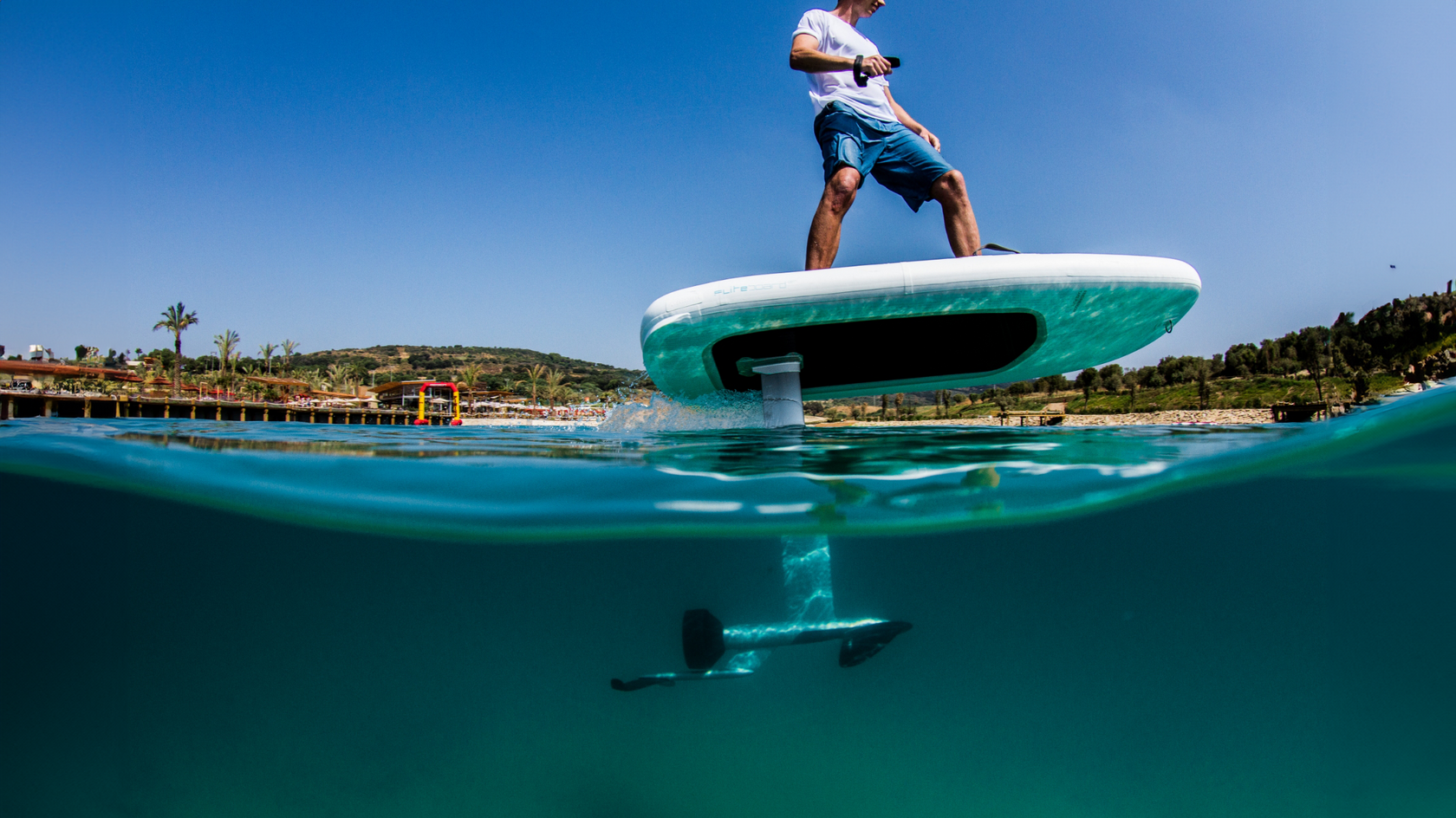Electric surfboards are rapidly gaining popularity among both beginners and experienced riders. No longer do you need to rely on natural conditions like wind or waves. Now, you can simply grab an e-surfboard and head to the nearest body of water at your convenience.
Differences Between Surfing in Saltwater and Freshwater

Manufacturers of e-surfboards claim that their boards are suitable for use in both saltwater and freshwater. However, there are some distinctions between these types of waters that can affect your experience.
Many people believe that it's easier to start learning on freshwater, such as a lake or river, before transitioning to the ocean. In reality, the density of saltwater is higher, which increases buoyancy, making it easier to float and maintain balance. In the sea, surfers find it easier to balance and control the board, whereas in freshwater, the board sinks slightly deeper, which can make handling more challenging. If you plan to ride mainly on lakes or rivers, keep this nuance in mind.
Additionally, saltwater has a more aggressive effect on equipment due to its high salt and mineral content, accelerating the corrosion process. Therefore, e-surfboards used in the sea require more careful maintenance and upkeep.
How to Choose the Right E-Surfboard?
If you plan to ride often and don't want to rely on rentals, consider purchasing your own board. Our catalog offers a variety of models for all skill levels. However, the choice can be daunting for beginners, as e-surfboards differ in shape, power, and range.
For those new to the sport, the optimal choice would be a long, wide board with smooth contours. These models provide greater stability and comfort during the initial stages of learning. Experienced surfers often prefer shorter, more maneuverable boards that are easier to control at high speeds.
Pay attention to the number of speed modes to select a comfortable riding pace. Also, consider the battery range, which typically varies from 45 minutes to 2 hours, depending on the model. Remember, as the battery capacity increases, so does the weight of the board.
